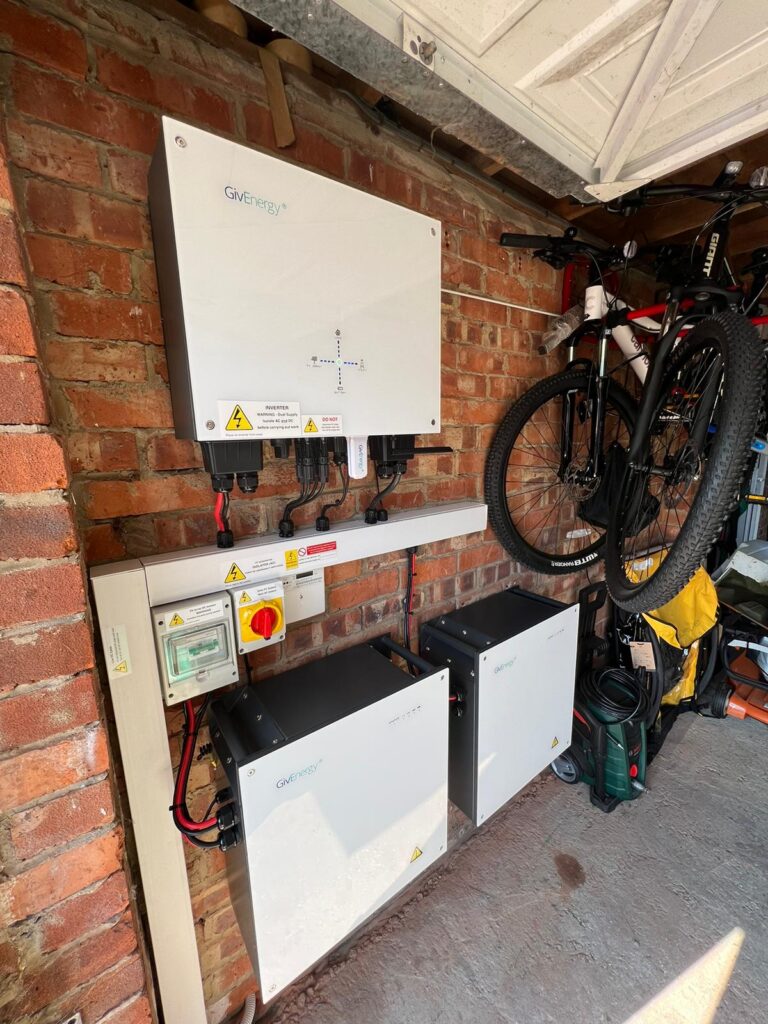
As the world shifts towards sustainable energy solutions, solar power has emerged as a leading contender in the renewable energy landscape. One of the key components of a solar-powered system is the solar battery, which stores excess energy generated during the day for use during periods of low or no sunlight. In this blog post, we will explore efficient ways to use your solar battery, including tips on leveraging off-peak tariffs, charging the battery with excess solar energy, and understanding the optimal charge and discharge levels. Additionally, we’ll delve into the importance of choosing the right battery capacity for your household’s energy consumption.
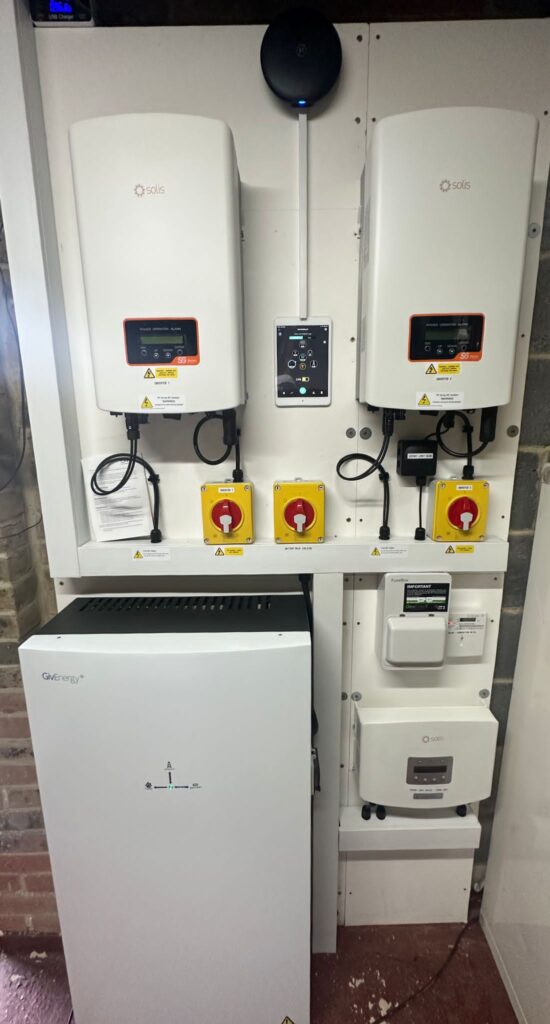
Off-Peak Tariffs: Timing is Everything
To make the most of your solar battery, it’s crucial to take advantage of off-peak tariffs offered by many utility providers. Off-peak hours typically occur during times when energy demand is lower, such as late at night or early in the morning. During these periods, electricity rates are often significantly lower, allowing you to charge your battery at a more cost-effective rate.
To maximize your savings, program your solar battery to charge during off-peak hours. Many smart energy management systems and solar inverters offer scheduling features that enable you to automate this process, ensuring your battery is charged when electricity prices are at their lowest.
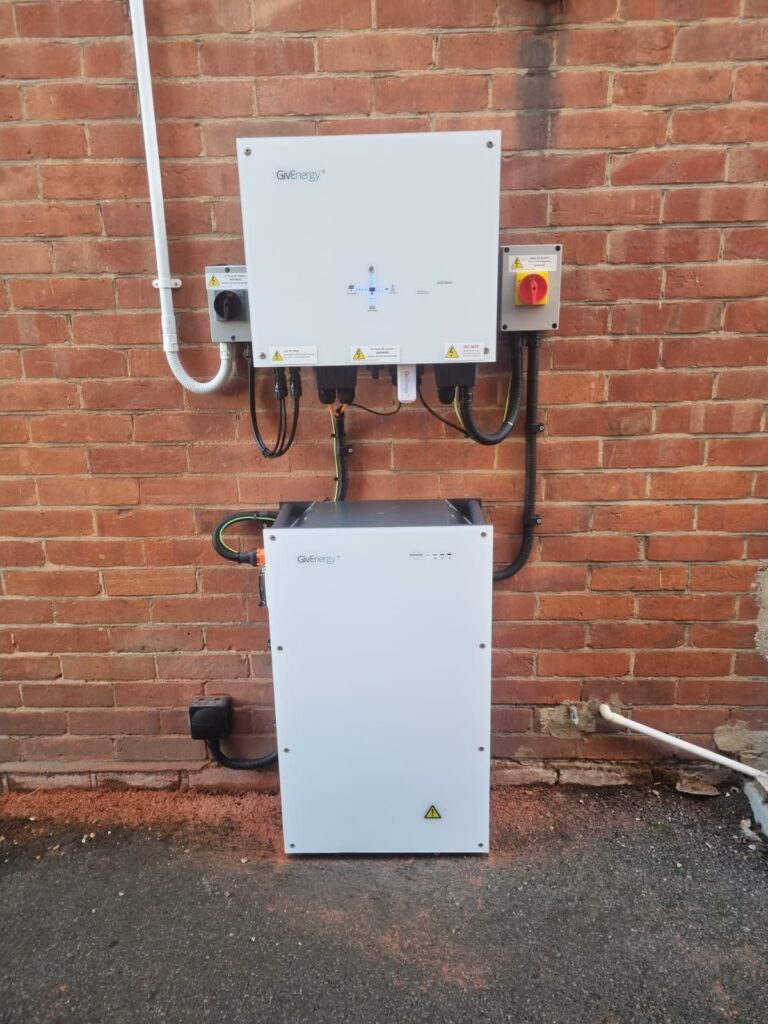
Charging with Excess Solar Energy: Harness the Sun’s Power
Solar panels often generate more energy than your household needs during peak sunlight hours. Rather than letting this excess energy go to waste, use it to charge your solar battery. This not only optimizes your energy production but also ensures that you have a surplus stored for later use.
Modern solar inverters are equipped with features like “self-consumption optimization” that prioritize using excess solar energy to charge the battery before exporting it to the grid. By incorporating this technology into your system, you can minimize reliance on grid power and maximize the use of your clean, self-generated energy.
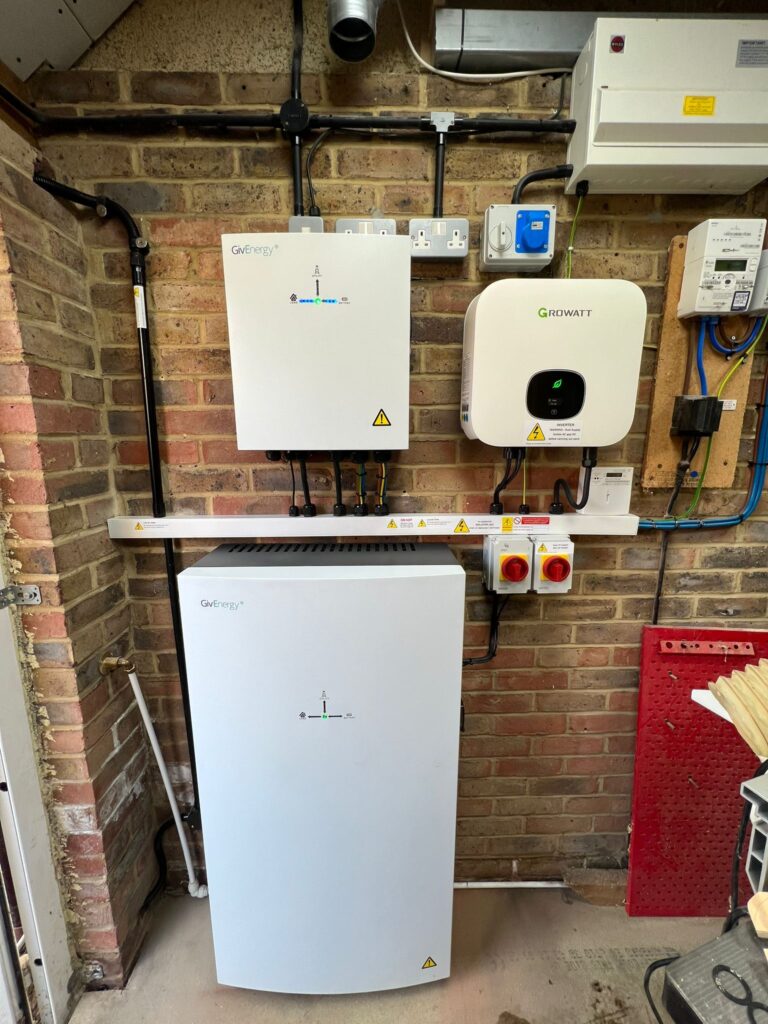
Optimal Charge and Discharge Levels: Striking the Right Balance
Maintaining the health and longevity of your solar battery involves understanding and adhering to optimal charge and discharge levels. Most lithium-ion batteries, commonly used in solar energy storage systems, perform best when kept within a specific state of charge (SOC) range.
Charge your battery up to around 80-90% of its full capacity to extend its lifespan. Avoid frequent full discharges, as this can put unnecessary strain on the battery. Instead, discharge your battery to a level that meets your energy needs without going below 20-30% SOC. Adhering to these guidelines will help ensure your solar battery operates efficiently and lasts for many years.

Choosing the Right Battery Capacity: Matching Your Household’s Needs
Solar batteries come in various capacities, and selecting the right size is crucial for optimizing energy storage. Larger batteries are better suited for households with higher energy consumption, while smaller ones may suffice for more modest energy needs.
Calculate your daily energy usage and consider factors such as the size of your solar panel system and the availability of off-peak tariffs. A higher capacity battery provides more storage space, reducing the likelihood of running out of stored energy during periods of low sunlight.
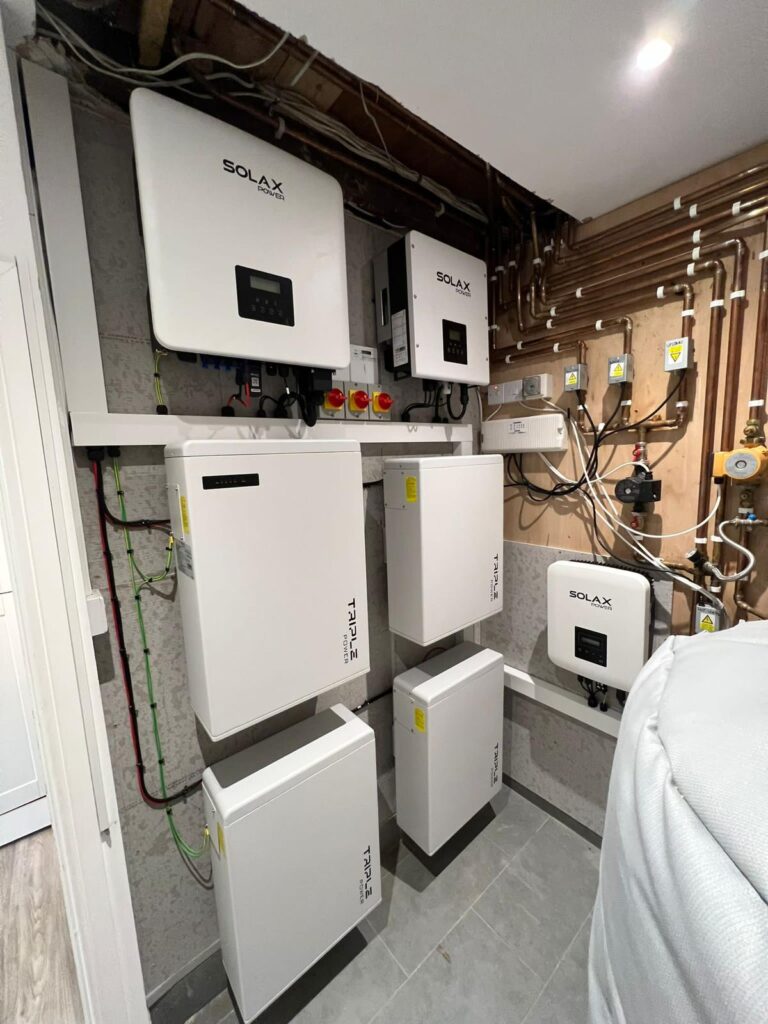
Efficiently using your solar battery involves a strategic approach that considers off-peak tariffs, excess solar charging, optimal charge and discharge levels, and selecting the right battery capacity. By implementing these tips, you can not only maximize your energy savings but also contribute to a more sustainable and environmentally friendly future. Embrace the power of the sun and make the most of your solar energy investment.



